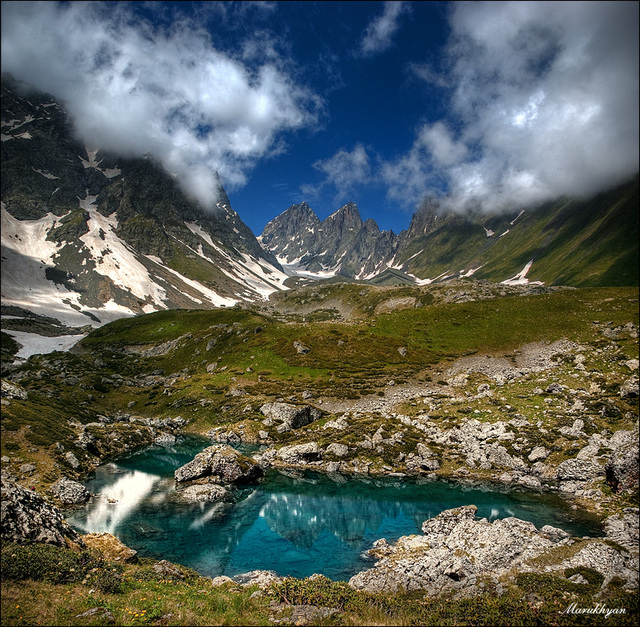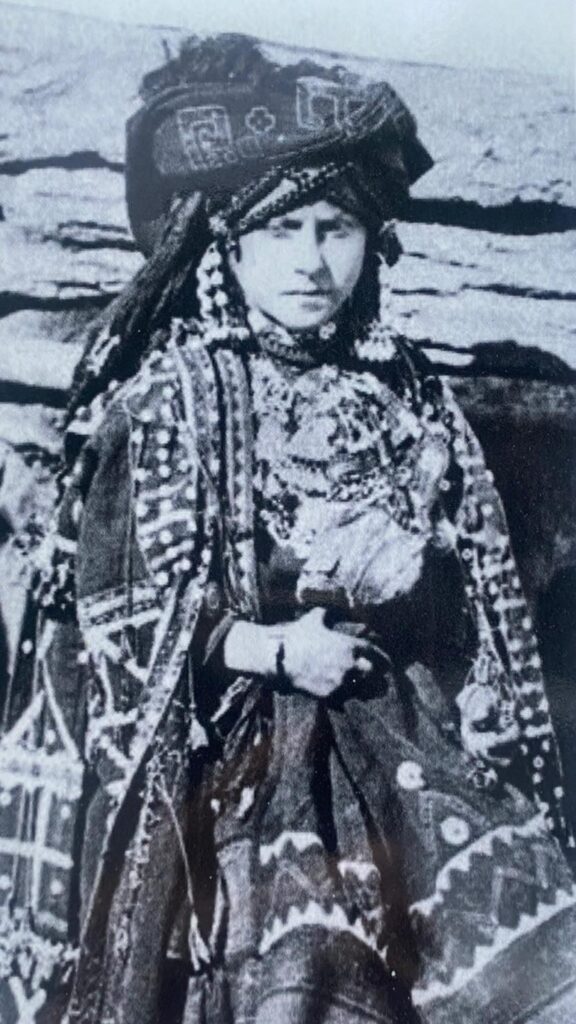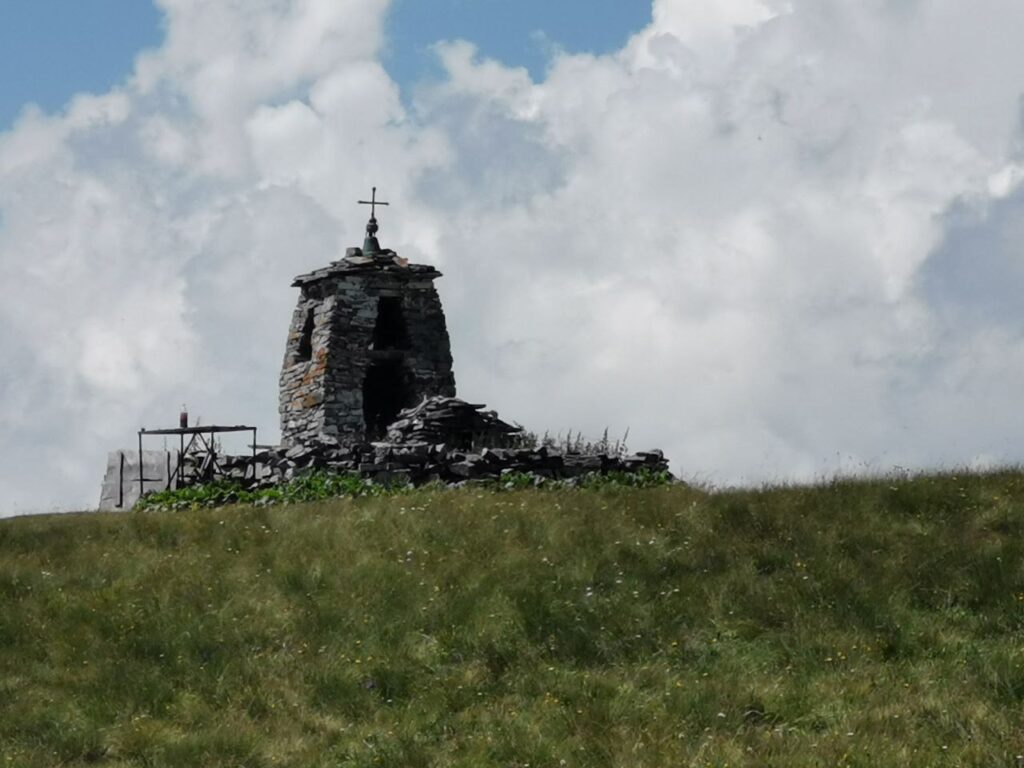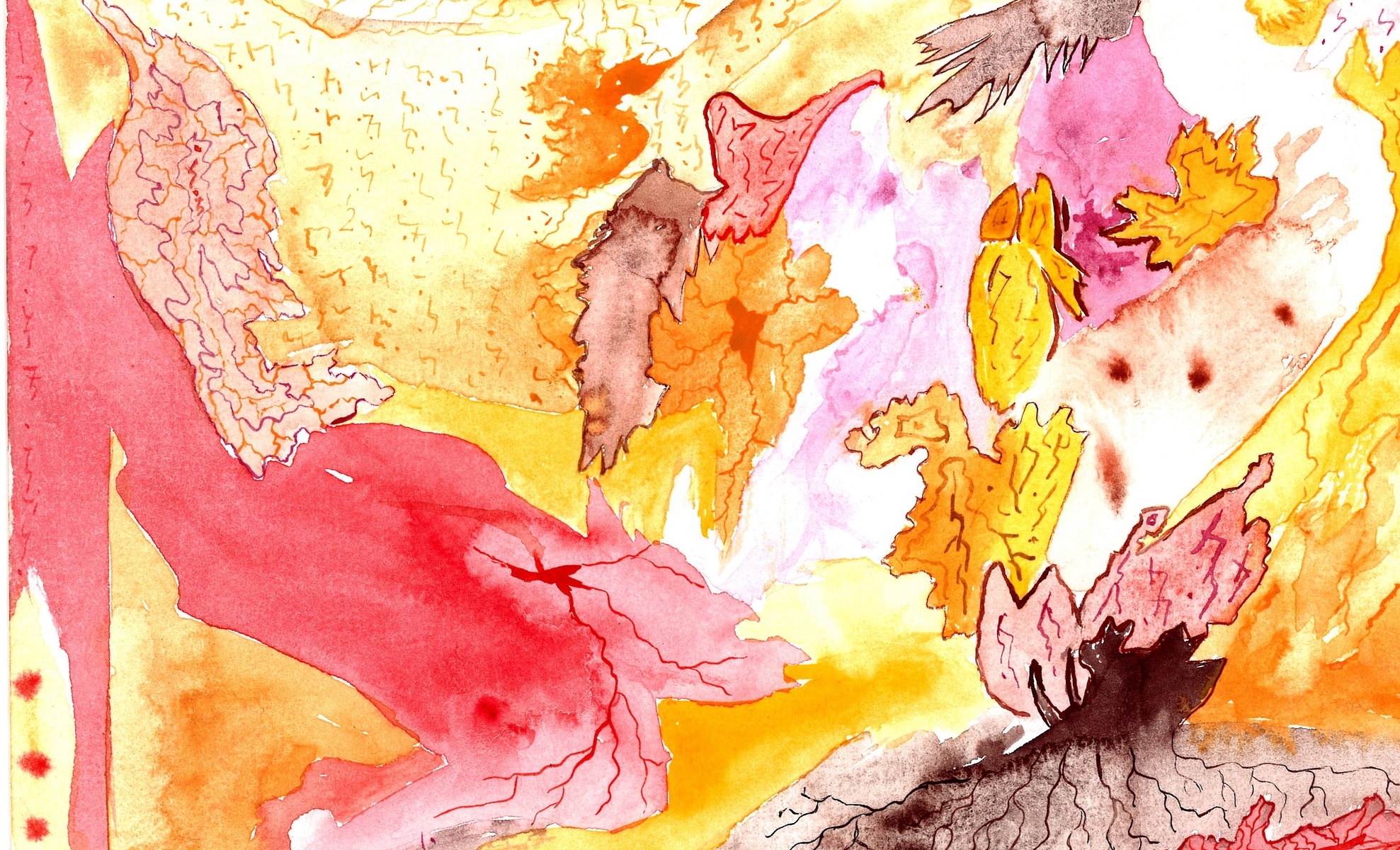
The Khevsuretians have kept precious knowledge. A lot of the insights we have today about ancient Georgian mythology, pre-Christian rites, customs, and the relationships between the deities, the spirits, and the human community is coming from the Pshav-Khevsuretian culture. Pshavi and Khevsureti are mountain regions in Georgia, high in the Caucasian mountains chains. Because of their remote locality and hard to reachable Geography these people were saved for the longest from the multiple imperialisations and colonialisations that Georgia went throughout its long history. In the 19th century the Russian imperial power managed to touch the place after all. From there on starts the long systematic work on diminishing the local culture. Nevertheless, it was only around the 60ies/ 70ies that the deliberate deplacement of people and the breaking of communities started to reach tangible and obvious results in the attempts of creating cultural amnesia.
Then, over the last couple of decades more and more people have left their mountain village homes. Today many villages are completely abandoned, some have very decreased populations of 2 – 4 families.
Ancient Roles in a Functioning Community
With the scattering of the people, many ancient practices have been lost that were preserved by the highlanders for so long. Back then the members of the communities had clear roles of how they’d contribute to the community. The sacred and the mundane were integrated both in a very practical and everyday manner, through traditions, rites, customs, and practices. Then there were roles in the community that served primarily to keep the village in touch with the sacred. Such a figure was the Khutsesi/ ხუცესი – a priest-like person, who took care of the ceremonies at the shrines, on the sacred days, and the Qadagi/ ქადაგი – a priestess-like person. (I’m using here the priest and priestess archetypes of the Tarot to make a parallel for the functional significations.) The Qadagi served as a medium, a “tongue of the Gods”, they could listen in closely, receive divine whisper and offer spirit-driven guidance in difficult situations.

Khevsuretian Belief and the Cosmogonical Hierarchy
The Khevsuretians believed in a supreme God/ მორიგე ღმერთი. The supreme God has an even more primordial predecessor, His sister, the Goddess of lightning and thunder. There is not much known about Her. She is very rarely named in the legacy texts, as She did not seem to be engaged in human matters. Neither did really the supreme God. His children did.
The supreme God has golden lips and creates the world with his words. He has a son called Kviria. Kviria is the highest “Son of the God” in the hierarchical order of the Khevsuretian “pantheon”. Kviria/ კვირია is a deity of fertility and the vertical connector of the supreme God and earth. He is the only one who is allowed unconstrained and direct communion with his “father”. After him come the “Children of God”/ ხვთისშვილნი. They are angel-like creatures, who are responsible for the safety and wellness of the humans. A village is formed under the patronship of a given “Child of God”.
Formation of Villages Around Shrines and the Patriarchal Order
Each village/ community in the Pshav-Khevsuretian mountains was created around a shrine of a specific “Child of God”. The village formed around the shrine until the edges to were the shrine bells would reach. The ceasing of the bell-sound was the invisible boundary of the village.
The highlanders and their connection to their very specific protector deity is important. Also today some Pshav-Khevsuretians keep the habit to call themselves under the patronship of their protector deity. When you ask them from where they are, instead of telling you the name of the village, they say “I’m a serf of Kopala” or Iaghsari, or whoever the protector deity happens to be.
It was prohibited to marry a person who had the same deity patron.
The women were the ones who would be married outside of the village. In this patriarchal order the men were the ones who kept the name and staid in the same village. Because of this reason, parents counted their children only by the number of their sons.
It is also important to note that most of the protector deities are male-personifications, with the exception of the “Mother of the place”/ ადგილის დედა or the “Mother Creator”/ ღვთისმშობელი, and perhaps also “Pirimze”/ პირიმზე.1

Khevsuretian Creation Story and the War Aginst the Devis
The creation story of the local Pshav-Khevsuretian people starts with the war between the “Children of God” against the “Devis”. The Devis and the warship against them is an interesting piece of the lore and deserves an article on its own. Devis are ambiguous creatures who seem to have been revered by even more indigenous folks of that place. The Devis are tricky, some are friendly, and others eat the humans. The “Children of God” defeat, kill and cast out the Devis. They destroy their houses and create on those places the sacred sites and villages of the Khevsuretian people.2
The creation stories set the foreground for the formation of the Pshav-Khevsuretian social structure and they start rather violently, with the seizing of the land from the Devis. The Khevsuretian mythology and lore can be regarded more as a sociogony than a cosmogony, as the sacred creations stories centre around the Pshav-Khevsuretian socio-economical formation. The Andrezi/ ანდრეზები, the so called “legacy texts”3 are texts that have been documented in the 20th century through oral history. Khevsuretian lore has an interesting characteristic of naming the exact places of where the stories occurred. The places exist under the same names also today. So we can track the creation stories actually geographically as we follow the mythology. That’s potent as it allows to tune into the place and into the spirits of the land and listen to what they have to say about a given occurrence that is described in the lore.
Sources:
- Tavdgiridze Khatuna, Georgian Mythology, Youtube Link: https://www.youtube.com/watch?v=dzcy3URkRlw&t=4598s
- Kiknadze Zurab, Georgian Mythology 1, Cross and its Community, Tbilisi 2016, P. 19-22.
- Kiknadze Zurab, Andrezi, The Religious-Mythological Oral Traditions of the Highland of Eastern Georgia, Tbilisi 2009.
